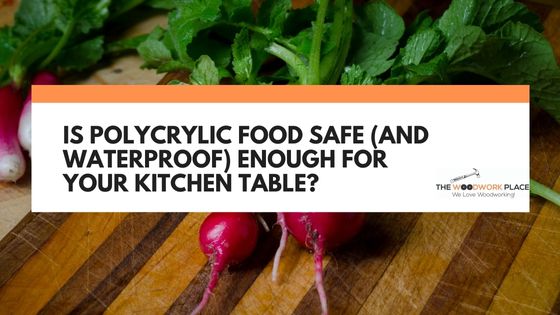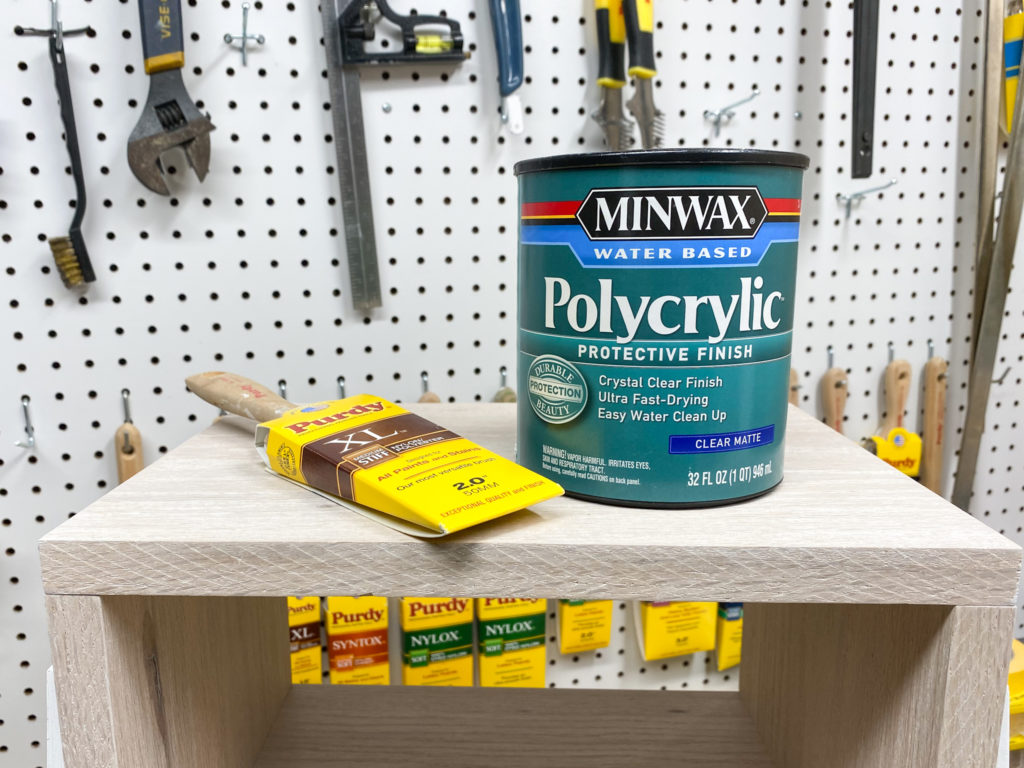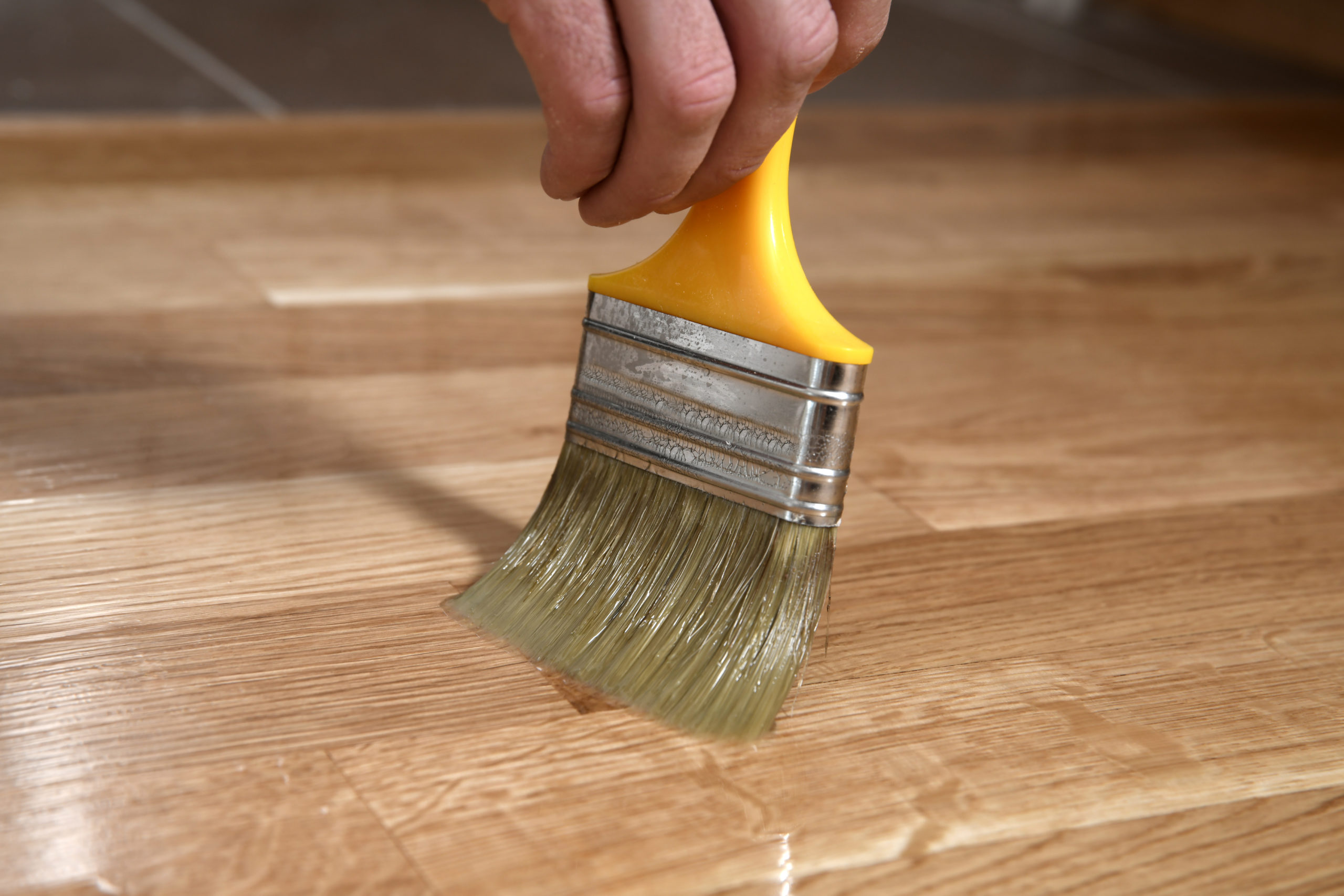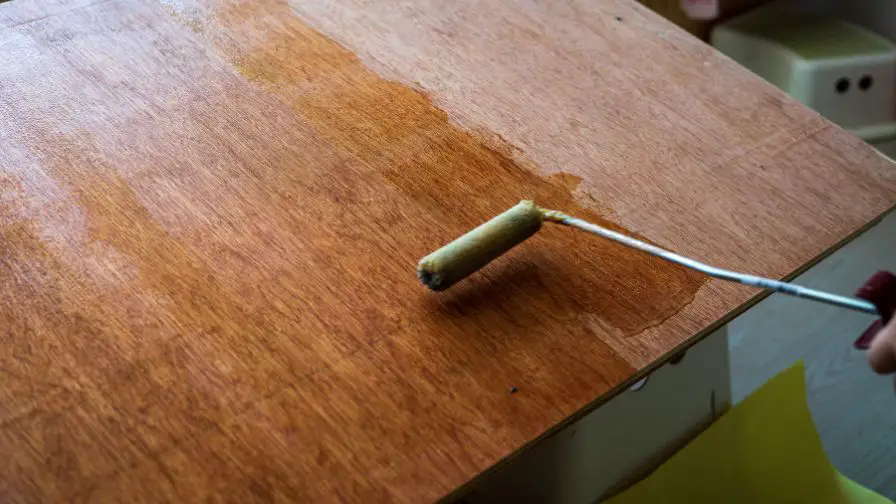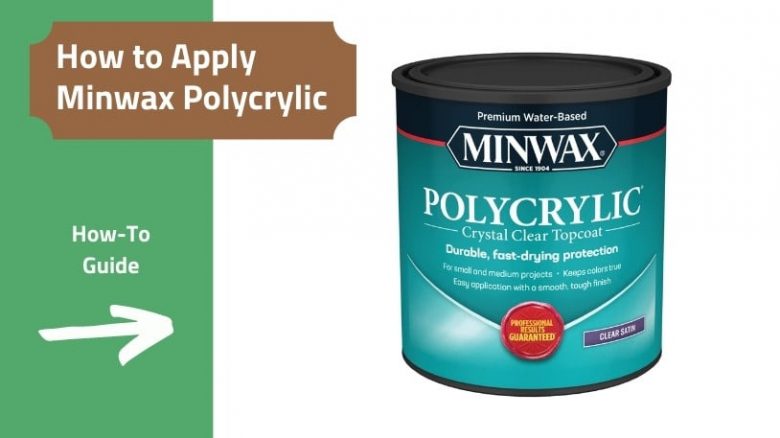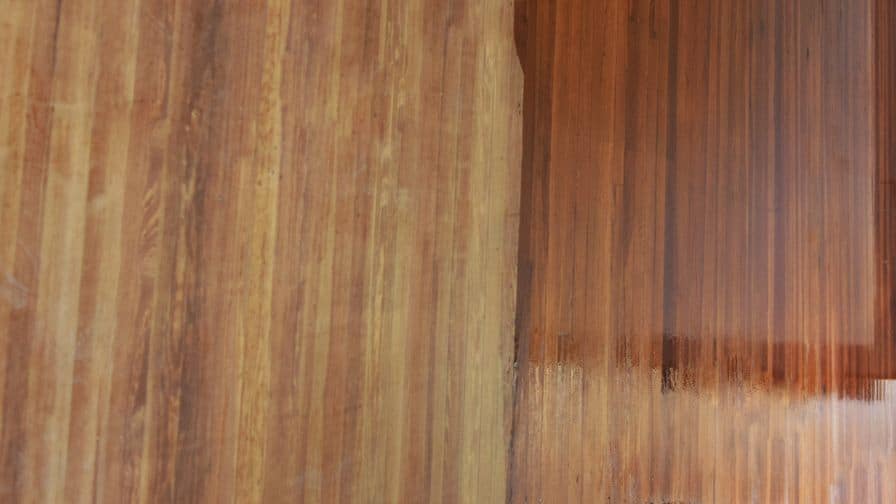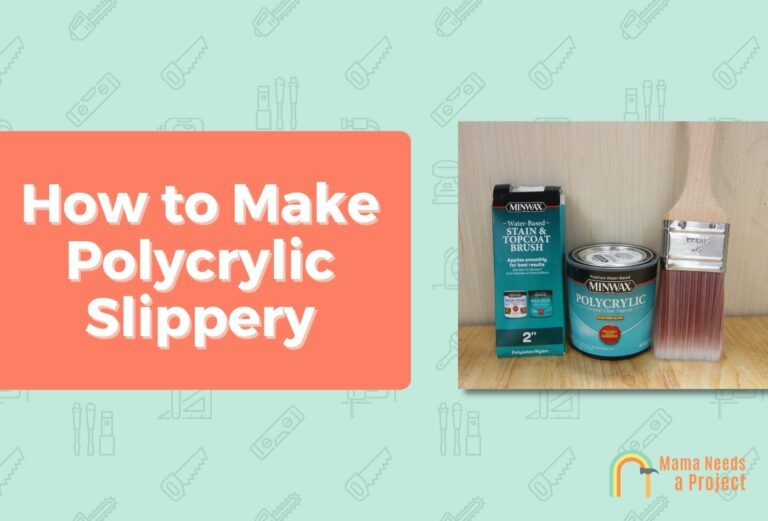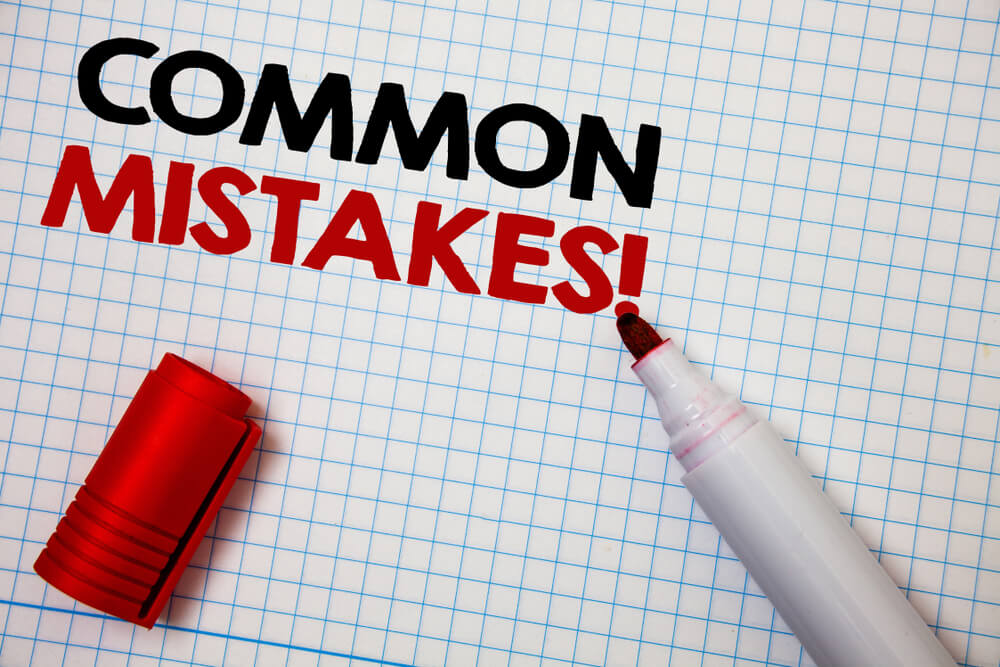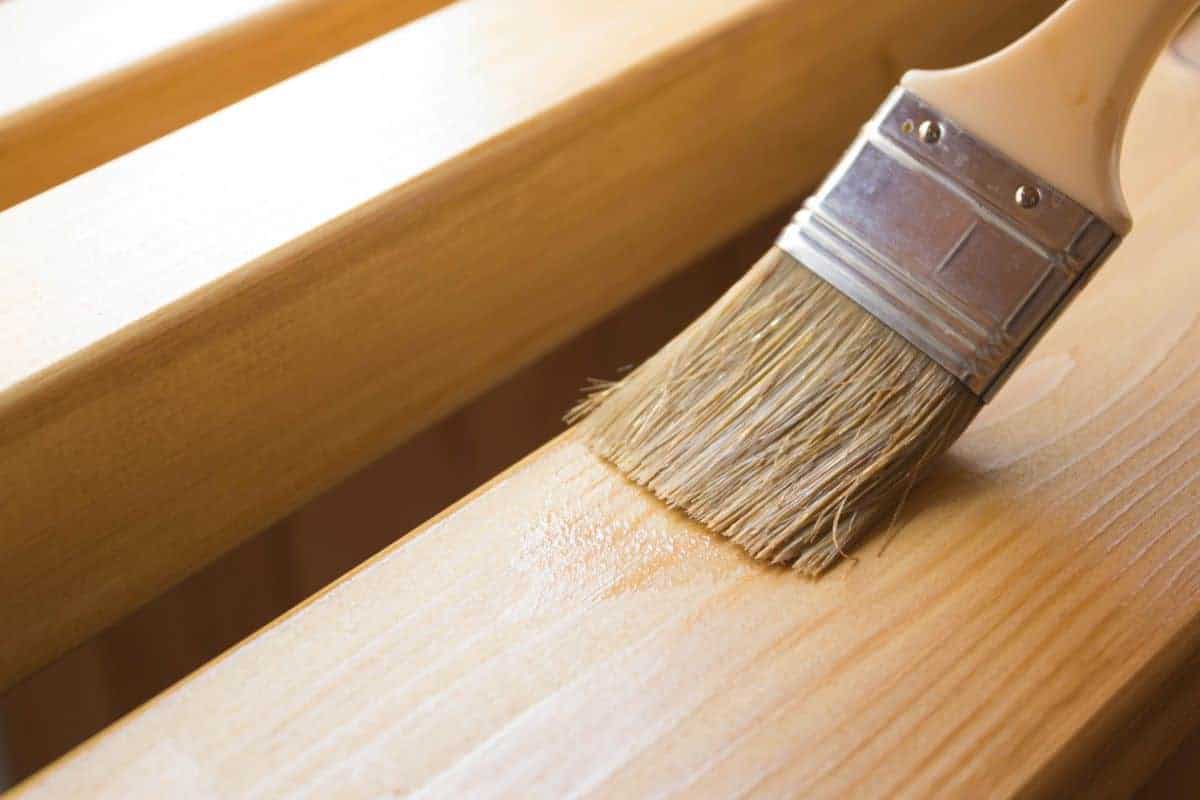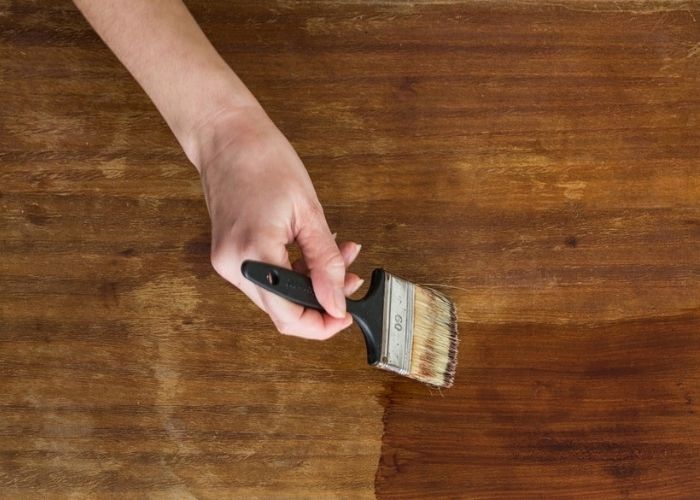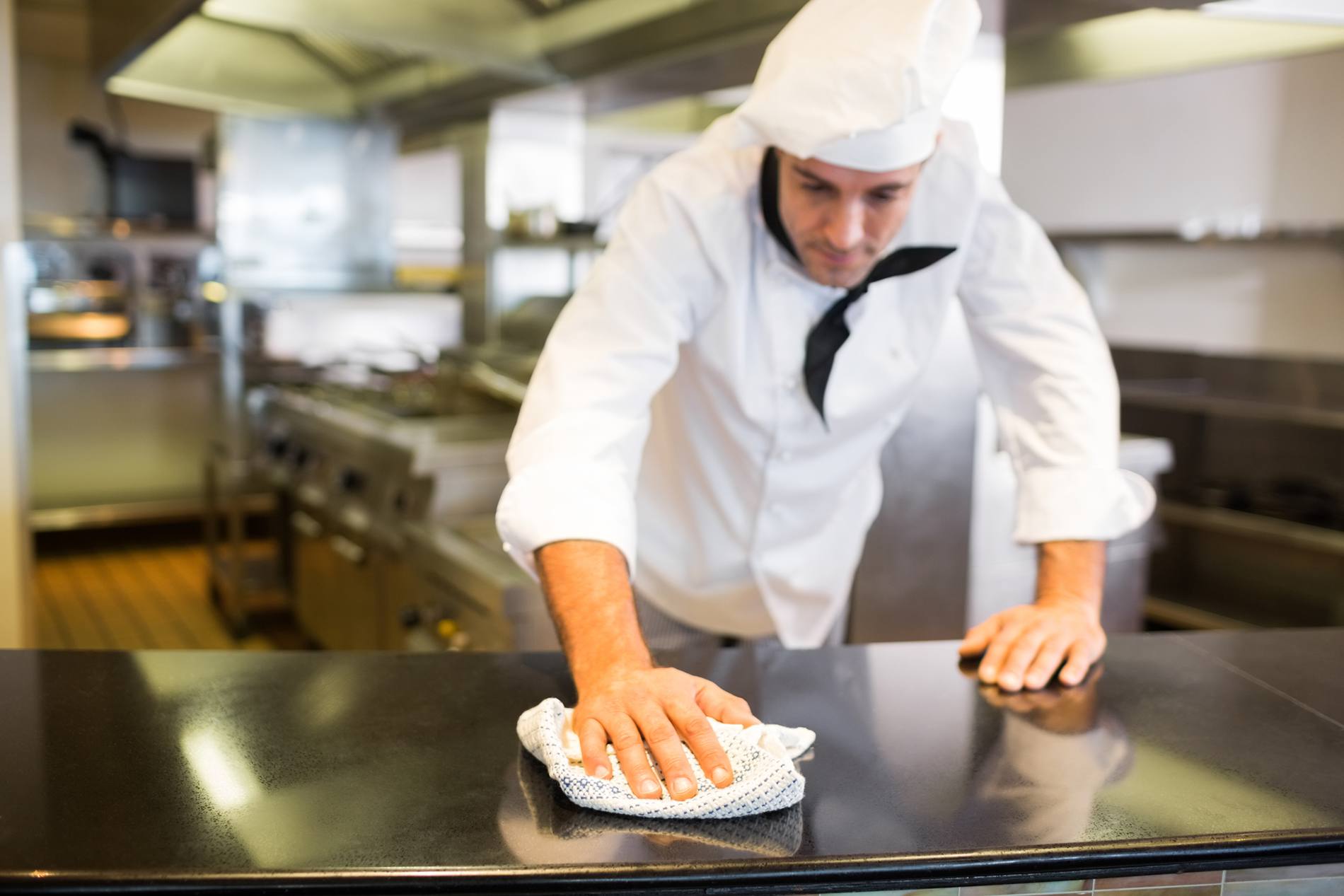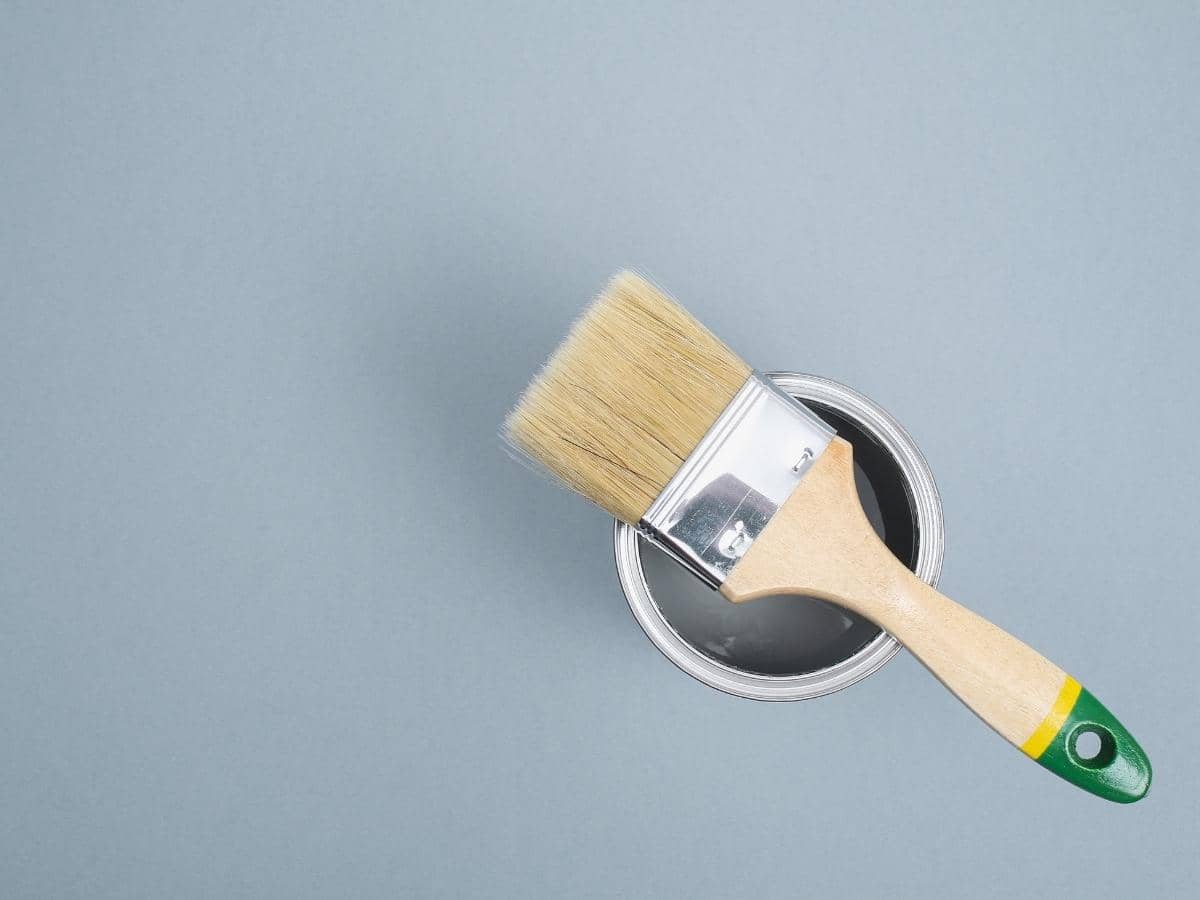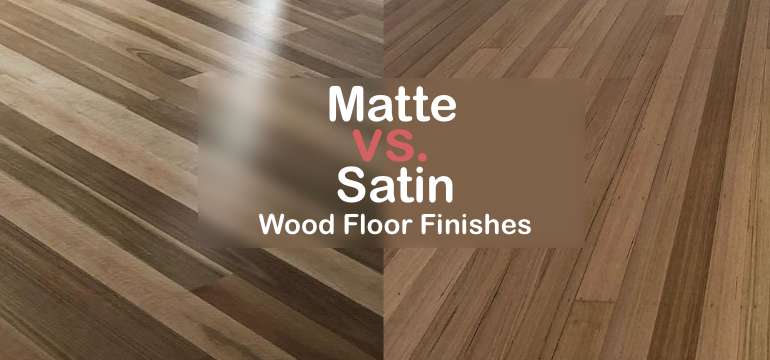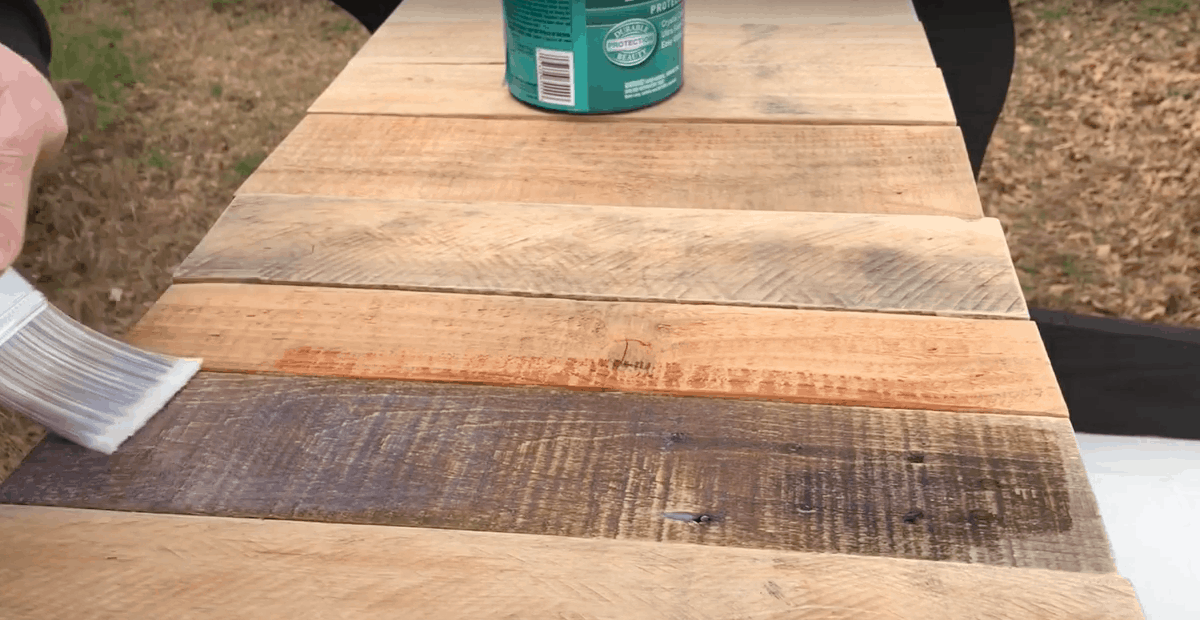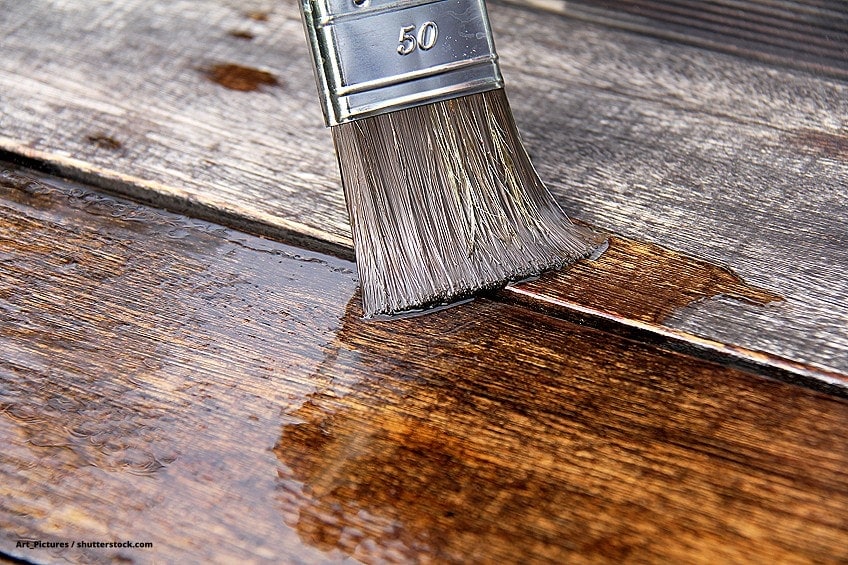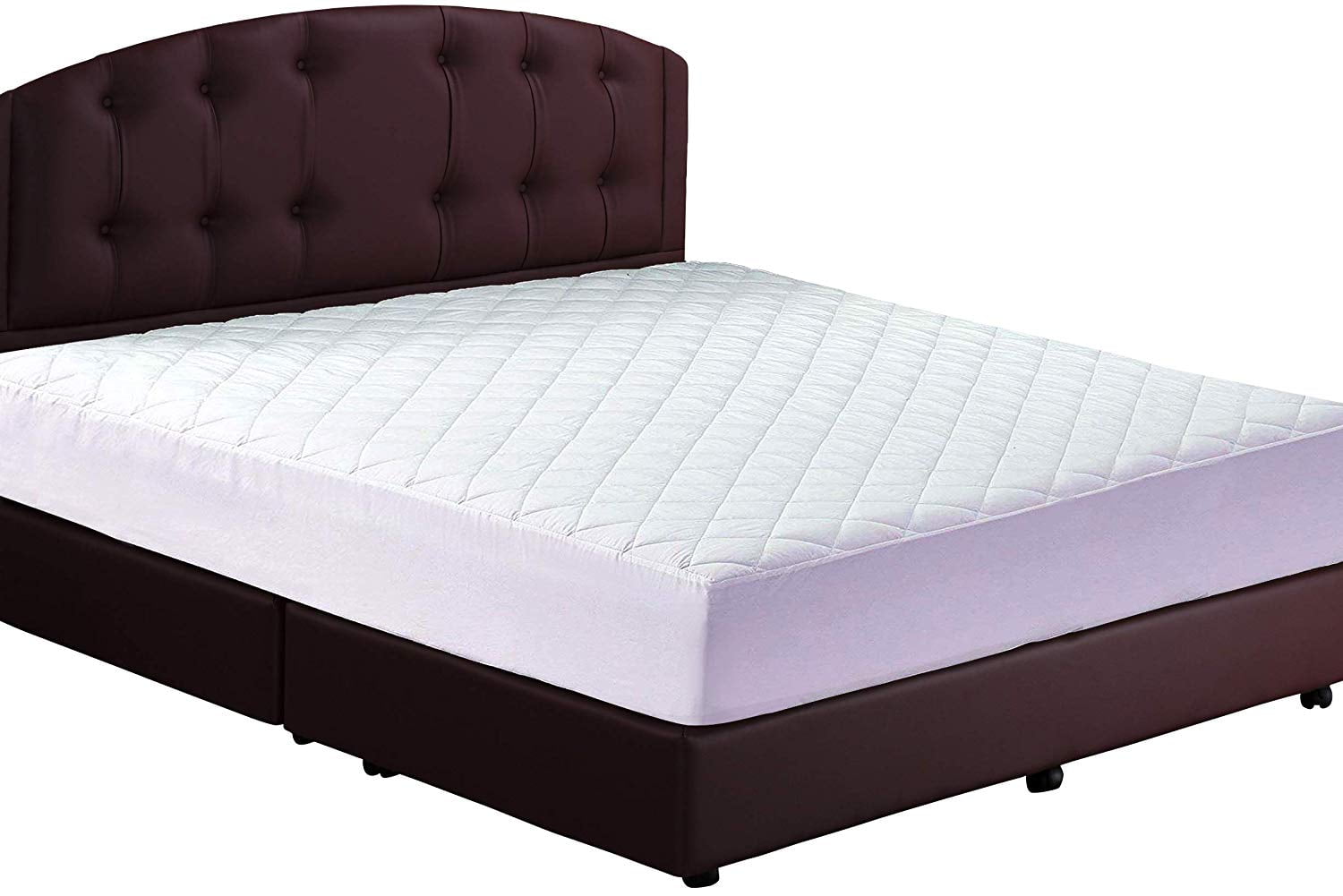Polycrylic is a popular water-based protective finish that is commonly used on furniture such as kitchen tables. It provides a durable, clear finish that protects the surface of the table from scratches, spills, and other daily wear and tear. If you're looking to give your kitchen table a fresh new look and protect it at the same time, using polycrylic is a great option. Here's how to use it on your kitchen table.1. How to Use Polycrylic on a Kitchen Table
Before you start applying polycrylic on your kitchen table, there are a few things you should keep in mind to ensure the best results. Firstly, make sure to sand down the surface of the table to smooth out any imperfections and create a better surface for the finish to adhere to. You should also clean the table thoroughly to remove any dust or debris. Additionally, using a high-quality brush or foam applicator will help you achieve a smoother finish.2. Tips for Applying Polycrylic on a Kitchen Table
One of the main benefits of using polycrylic on your kitchen table is the protection it provides. It creates a hard, durable surface that is resistant to scratches, heat, and water. This is especially important for a high-traffic area like the kitchen, where spills and accidents are bound to happen. Polycrylic also has a fast drying time and is easy to clean up with soap and water, making it a convenient option for DIY projects.3. The Benefits of Using Polycrylic on a Kitchen Table
Step 1: Sand down the surface of the table using fine-grit sandpaper.
Step 2: Clean the table thoroughly with a mild cleaner and let it dry completely.
Step 3: Stir the polycrylic well before use to ensure an even consistency.
Step 4: Using a high-quality brush or foam applicator, apply a thin, even coat of polycrylic in the direction of the wood grain.
Step 5: Let the first coat dry for at least 2 hours before applying a second coat.
Step 6: After the second coat has dried, sand the surface lightly with fine-grit sandpaper.
Step 7: Apply a third and final coat of polycrylic, and let it dry for 24 hours before using the table.4. Step-by-Step Guide for Using Polycrylic on a Kitchen Table
While using polycrylic on your kitchen table is a relatively simple process, there are a few common mistakes that can affect the final result. Firstly, make sure to apply thin, even coats, as thick coats can lead to an uneven or cloudy finish. Additionally, avoid over-brushing the polycrylic, as this can create air bubbles and brush marks. Finally, always make sure to let each coat dry completely before applying the next one.5. Common Mistakes to Avoid When Using Polycrylic on a Kitchen Table
Proper preparation is key to achieving a smooth and flawless finish with polycrylic. As mentioned earlier, sanding down the surface of the table and cleaning it thoroughly are important steps. You should also make sure to remove any existing finish or wax from the table before applying polycrylic. If your table is made of a porous wood, such as pine, it is recommended to apply a coat of sealer before the polycrylic to prevent the wood from absorbing too much of the finish.6. How to Prep Your Kitchen Table for Polycrylic
There are various brands of polycrylic available on the market, but some stand out for their quality and popularity among DIY enthusiasts. Minwax, Varathane, and General Finishes are all highly recommended brands for polycrylic finishes. These brands offer different sheens, such as satin, semi-gloss, and gloss, giving you options to choose from depending on the look you want to achieve.7. Best Brands of Polycrylic for Kitchen Tables
Maintaining a kitchen table with a polycrylic finish is relatively easy. You can simply wipe it down with a damp cloth or mild soap and water to remove any spills or stains. Avoid using harsh chemicals or abrasive cleaners, as these can damage the finish. If your table starts to lose its shine over time, you can lightly sand the surface and apply a new coat of polycrylic to restore its luster.8. How to Clean and Maintain a Kitchen Table with Polycrylic Finish
Yes, polycrylic can be used on a kitchen table with a stained finish. In fact, it is a great way to protect and enhance the color of the stain. Just make sure to follow the proper preparation and application steps mentioned earlier to ensure the best results. It is also important to note that polycrylic can slightly change the color of the stain, so it is always recommended to do a test on a small, inconspicuous area first.9. Can You Use Polycrylic on a Kitchen Table with a Stained Finish?
While polycrylic is a popular choice for finishing kitchen tables, there are other options available that may better suit your needs. Polyurethane, for example, offers a more durable finish that is resistant to scratches and heat. Varnish, on the other hand, creates a hard and glossy finish that is perfect for high-traffic areas. It is important to research and compare these finishes to determine which one will work best for your kitchen table.10. Alternative Finishes for Kitchen Tables: Comparing Polycrylic, Polyurethane, and Varnish
The Benefits of Using Polycrylic on Your Kitchen Table
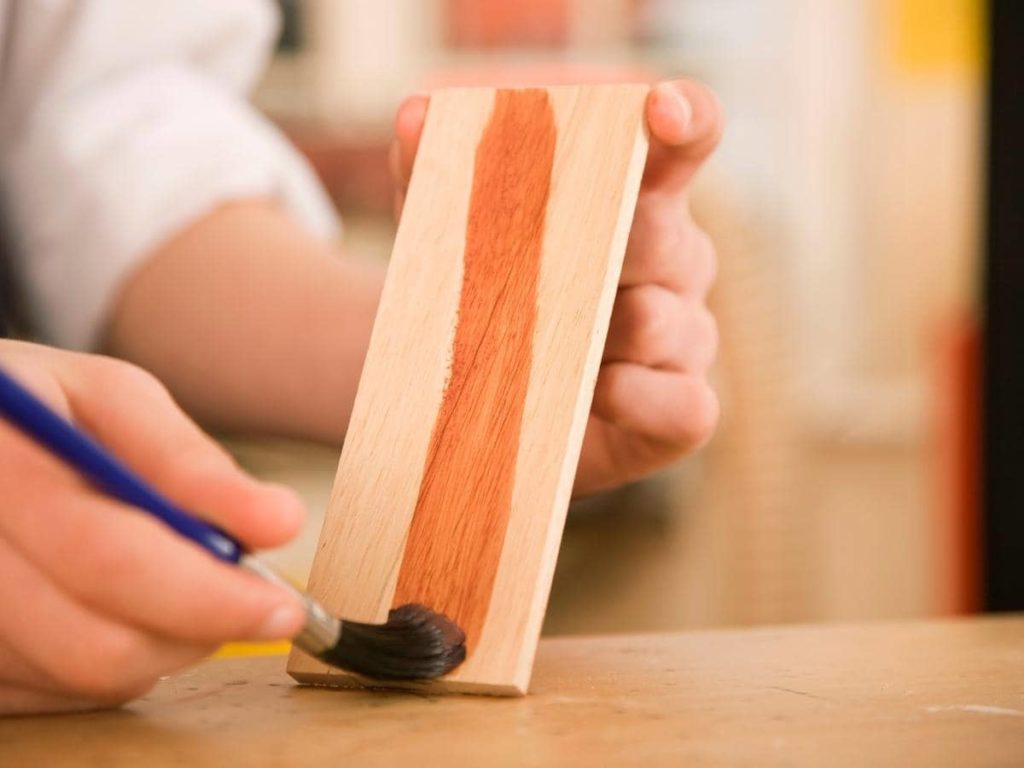
Enhance Durability
 When it comes to kitchen tables, durability is key. They are exposed to constant wear and tear from spills, scratches, and heat from hot dishes. That's why choosing the right finish for your kitchen table is crucial.
Using polycrylic
is an excellent choice for enhancing the durability of your kitchen table. This water-based protective finish is incredibly durable and can withstand daily use without showing signs of wear and tear. It creates a hard and durable surface that can resist scratches, stains, and heat, making it the perfect choice for a high-traffic area like the kitchen.
When it comes to kitchen tables, durability is key. They are exposed to constant wear and tear from spills, scratches, and heat from hot dishes. That's why choosing the right finish for your kitchen table is crucial.
Using polycrylic
is an excellent choice for enhancing the durability of your kitchen table. This water-based protective finish is incredibly durable and can withstand daily use without showing signs of wear and tear. It creates a hard and durable surface that can resist scratches, stains, and heat, making it the perfect choice for a high-traffic area like the kitchen.
Easy to Clean and Maintain
 A kitchen table is not just a surface for dining; it is also a place where meals are prepared and served. This means that spills are inevitable. With
polycrylic
, cleaning up spills is a breeze. Its smooth and hard surface makes it easy to wipe away any spills or messes without damaging the finish. It also has excellent water resistance, which means that water spills will not cause any damage to the finish. Additionally,
polycrylic
is low maintenance, requiring only occasional cleaning to maintain its shine and protectiveness.
A kitchen table is not just a surface for dining; it is also a place where meals are prepared and served. This means that spills are inevitable. With
polycrylic
, cleaning up spills is a breeze. Its smooth and hard surface makes it easy to wipe away any spills or messes without damaging the finish. It also has excellent water resistance, which means that water spills will not cause any damage to the finish. Additionally,
polycrylic
is low maintenance, requiring only occasional cleaning to maintain its shine and protectiveness.
Protection Against UV Rays
 If your kitchen table is exposed to natural light, it is essential to choose a finish that offers protection against UV rays. Over time, exposure to sunlight can cause the wood to fade and lose its color.
Polycrylic
has UV inhibitors that protect the wood from discoloration and keep it looking vibrant for years to come. This is especially important for kitchen tables made from light-colored woods, as they are more susceptible to UV damage.
If your kitchen table is exposed to natural light, it is essential to choose a finish that offers protection against UV rays. Over time, exposure to sunlight can cause the wood to fade and lose its color.
Polycrylic
has UV inhibitors that protect the wood from discoloration and keep it looking vibrant for years to come. This is especially important for kitchen tables made from light-colored woods, as they are more susceptible to UV damage.
Seamless Application
 One of the best things about
polycrylic
is its ease of application. It dries quickly, allowing you to apply multiple coats in one day, and it has a low odor, making it ideal for indoor use. It also goes on smoothly and evenly, without leaving brush strokes or bubbles. This makes it perfect for DIY projects, as it is easy to achieve a professional-looking finish without any special skills or tools.
One of the best things about
polycrylic
is its ease of application. It dries quickly, allowing you to apply multiple coats in one day, and it has a low odor, making it ideal for indoor use. It also goes on smoothly and evenly, without leaving brush strokes or bubbles. This makes it perfect for DIY projects, as it is easy to achieve a professional-looking finish without any special skills or tools.
Conclusion
 In conclusion,
polycrylic
is an excellent choice for protecting and enhancing the durability of your kitchen table. Its water resistance, UV protection, and easy application make it a top choice among homeowners and DIY enthusiasts alike. So if you're looking to give your kitchen table a fresh and durable finish, look no further than polycrylic. With its many benefits, you can enjoy a beautiful and functional kitchen table for years to come.
In conclusion,
polycrylic
is an excellent choice for protecting and enhancing the durability of your kitchen table. Its water resistance, UV protection, and easy application make it a top choice among homeowners and DIY enthusiasts alike. So if you're looking to give your kitchen table a fresh and durable finish, look no further than polycrylic. With its many benefits, you can enjoy a beautiful and functional kitchen table for years to come.





